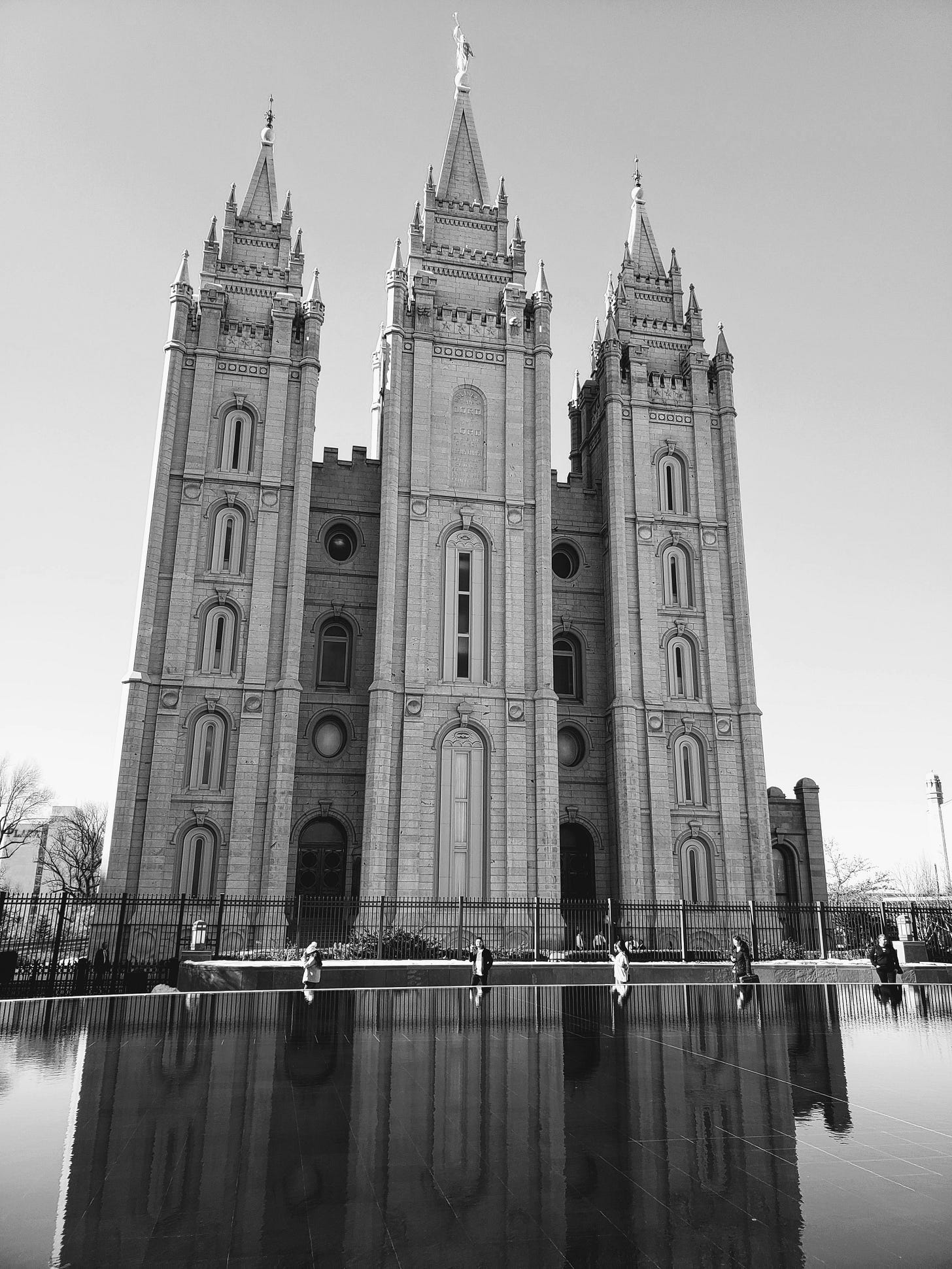Mayfly Meanderings on the Book—The American Religious Landscape: Part Five
Topics: Mormons. Aging vs. Young Families.

The American Religious Landscape—Part Five on Meanderings Ten and Eleven
This is the fifth of a new series entitled Mayfly Meanderings. It refers to reflections on books, manuscripts, presentations, research, articles, and other information and knowledge which I find interesting. I hope these lead to greater wisdom for you and me both.
Read Part One HERE on more than survey research and the limits of survey research.
Read Part Two HERE on decline of Christianity, rise of non-denominationalism, and evangelical trends.
Read Part Three HERE on Mainline Protestantism and high expectations vs. low expectations.
Read Part Four HERE on Black Baptists and the Miscount, and the Disappearance of Judaism.
Book: Ryan P. Burge. The American Religious Landscape: Facts, Trends, and the Future. New York: Oxford University Press, 2025. See this book HERE.
MM Ten—Mormons and Their Missionaries: The American born faith group known as the Church of Jesus Christ of Latter-day Saints or Mormons was founded in 1830 in upstate New York by Joseph Smith. However, it is more popularly known as the dominate religious group in the state of Utah.
It also has a strong presence in a couple of contiguous states. Additionally, it is known for developing a strong international presence during its almost 200 year history in several parts of the world.
Examples of public figures in America whose religious faith is Mormon include former Senator Mitt Romney, The Marriott Family of the hotel empire, Steve Young a former NFL quarterback, the legendary singer Gladys Knight, and Donny and Marie Osmond of music and television fame.
This religious movement is sufficiently strong and its members extremely devout and active in America that Mormons “may have more people in the pews each weekend than all other religious groups except for Roman Catholics and Southern Baptists, with 4.3 million attending services each week.” [143-144]
One key strategy of Mormonism involves people who commit two years during their young adult years to serve as missionaries in multiple locations throughout the world. It is a missional commitment that has spread their religion in ways many people would have seen as improbable.
Within the missional movement of the Mormon church there were “over 54,000 proselytizing missionaries throughout the world at the end of 2021.” [145]
Active debate persists as to whether or not Mormonism is truly Christian. At the same time, millions of Christians appreciate aspects of the Mormon Church such as the amazing music of the Mormon Tabernacle Choir.
How do you see the Mormon movement?
MM Eleven—Aging vs. Young Families: The average age of the typical household heads—including one or two people as the heads—in congregations is a key factor of which to be aware as the future growth, plateau, and decline is projected for congregations and denominations.
(Notice I am saying the average age of the household heads and not just the average age of all persons in the household. This is different than what some survey research may be saying. I am thinking about how we would assess it in a local congregation.)
Additionally, the age trends are crucial to know. Is the average age of heads of households growing older or younger. What is the rate of change? What is the response of congregations and denominations to the rate of change? This is a crucial trend to be aware of and to provide a spiritual and strategic response.
Evangelicals are aging. “One thing worth watching when considering the place of evangelicals in the twenty-first century is the overall age. When a tradition’s mean age is increasing rapidly, it points toward the possibility of decline in the future.” [39]
Many faith groups are experiencing aging among their constituents. They are failing to cultivate younger people spiritually and socially. They are not adapting to the learning and cultural styles of each succeeding generation. Younger people are dropping out or looking elsewhere.
“One of the primary culprits when a religious group is trending downward is defection. For a religious group to maintain its size or even possibly grow in the future, it must have a significant number of young families who are raising their children to be active members of their faith group.” [126]
One high bar for any congregation, denomination, or faith group to achieve is to grow younger in terms of the average age of their constituents. “One clear indicator of future increases in a demographic group is that the average age of a member is younger than the overall population.” [149]
One survey statistic which is missing, and one which would be difficult to acquire but valuable to have, is the number of households affiliated with a congregation, denomination or faith group. Plus knowing the age of the heads of households.
We can acquire that data in some congregations, but not many since counting this way is not on the radar screen of enough congregations. It should be. Why not start counting this way annually in your congregation?
Next: MM Twelve on Three Types of Nones—Atheists, Agnostics, and Nothing in Particular.
OR . . .

